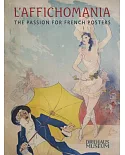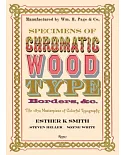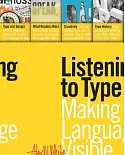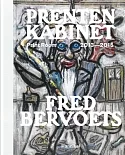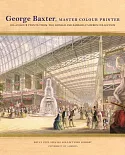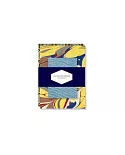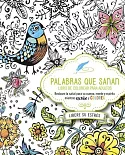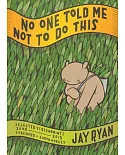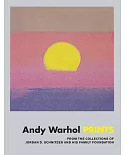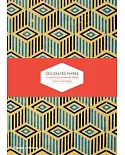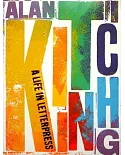Last spring the world lost one of the greatest practitioners of the graphic arts of the past century. Hermann Zapf, born in 1918, died in his sun-and-book-filled studio in Darmstadt at the age
of 96. As a book designer, a type designer, an advocate, a teacher and above all, as a calligrapher, the world has seldom seen his equal. And the book here described will probably share that
distinction, for in these 296 pages, the author, poet, polymath, and fellow type traveller, Robert Bringhurst, does full justice to Zapf’s genius. He takes as his theme Palatino, probably the
most widely known and used of all Zapf faces, and traces its development, with all its infinite permutations, and often invisible refinements, through a long and fascinating history. But if
Palatino provides the tenor, the variations and transformations, the imitations and conflations-from hot metal, through the brief interlude of film setting and finally into the digital
world-provide the musical descants. Bringhurst has orchestrated all the parts; included with the text are over 200 illustrations of design sketches, working drawings, smoke proofs and test
prints, matrices, foundry and Linotype patterns, all printed in five colors. Included (at no extra charge) is an eight page letterpress signature, printed in one color directly from handset
foundry and Linotype hot metal by Jerry Kelly.If you want background, it is all here, in encompassing detail: a fully illustrated account of Palatino and its extended family: foundry and
Linotype, Michelangelo, Sistina, Aldus, Heraklit, Phidias, Zapf Renaissance, PostScript Palatino, Aldus Nova, and Palatino Sans. And more. Much more. More than you would believe existed.But
beyond that, the book is an argument, and a convincing one, that artists who create letters can, and should, be judged by the same standards and held in the same esteem as composers who write
music and artists who paint on canvas. They are all cut from the same cloth. Bringhurst asks the question, "Can a penstroke or a letterform be so beautiful it will stop you in your tracks and
maybe break your heart?" In this groundbreaking, seminal and totally original book, issued in an edition of 1,000 copies, he answers the question: "It can."



